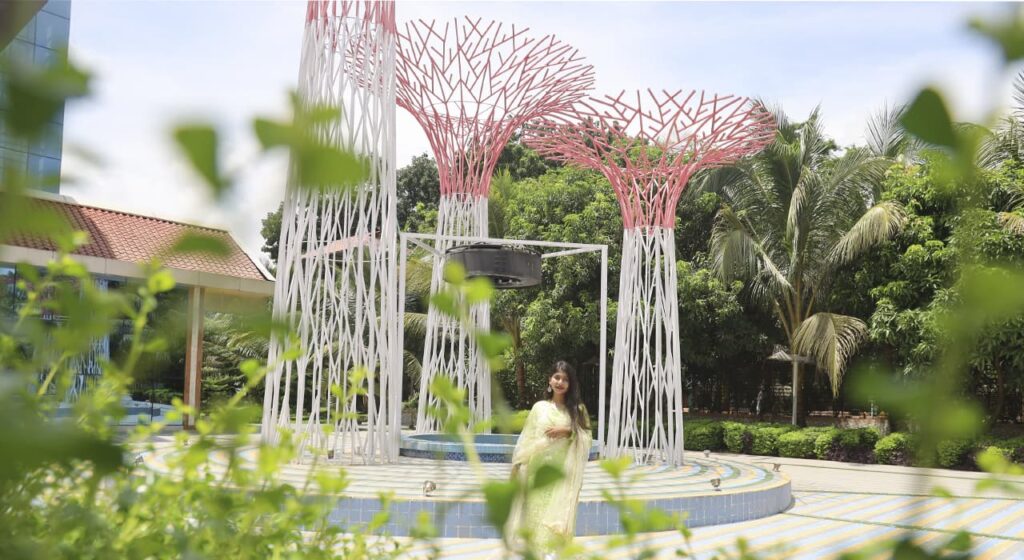Most art sculptures are designed to be placed in city squares, gardens, parks, or in spacious rooms where they can be viewed from all sides. The larger the object, the more free space it requires.
Such a sculpture can be made of stone, plaster, metal or concrete. The more imposing the object, the more solid materials are used.
Another type of sculpture is a relief, which is visible only from the front and from the side. Relief sculpture looks good on facades, interior walls, monuments, etc. Most of the relief compositions are made of plaster, as this material perfectly conveys the play of light and shadow, even in a small room. Also with the help of gypsum you can provide a clear detailing of the composition.
The possibilities of free spatial design, which stand-alone sculpture offers, are not always fully used by craftsmen. It all depends on the preferences and vision of the artist. The surrounding interior is also taken into consideration.
Like many archaic sculptures, the work may be designed to be viewed from only one or two fixed positions. Or it may simply be a relief that does not require viewing from different angles. In this case, the subject, the play of shadow and light, and the craftsmanship of the fine details come to the fore.
Sixteenth-century Mannerist sculptors, on the other hand, emphasized the need to use the all-round visibility of the freestanding sculpture. For example, Giambologna’s The Abduction of the Sabine Women, which is a striking example of spatial design, literally forces the viewer to go around and examine the creation from all sides. The peculiarity of the work is the absence of principled views: the forms of the sculpture move around the central axis of the composition, unfolding as the viewer moves.
Most of the sculptures of Henry Murai and other 20th century sculptors do not deal with movement of this kind. Nor do they require a fixed position for the viewer to understand the authors’ intent. Rather, it is a freely designed structure of multidirectional forms that unfolds and expands in space.
And yet most of the sculptures are freely positioned in space and involve viewing from all sides. It also happens that the viewer can walk through them.
